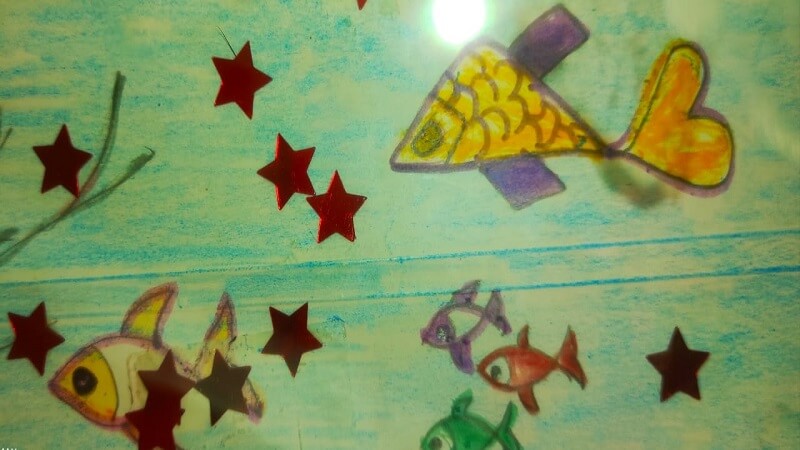Aquariums are magical places that captivate the imagination and curiosity of people of all ages. An aquarium scavenger hunt is a perfect activity to make the experience even more engaging and educational. This interactive game adds excitement to the visit and encourages learning and discovery in a fun, hands-on way.
About Aquarium Scavenger Hunt
An aquarium scavenger hunt is a game where participants search for specific exhibits, animals, or features within an aquarium based on given clues or a checklist. It transforms a simple visit into an adventure, promoting observation and curiosity as players work to complete their tasks. Source
Aquarium Scavenger Hunt for Kids
Aquarium scavenger hunts are particularly popular among children. Kids are naturally curious, and a scavenger hunt channels this curiosity into a structured, enjoyable activity. Here’s how to organize an engaging scavenger hunt for young visitors:
- Before the visit, prepare a list of items or creatures for the kids to find. This can include common exhibits like sharks, jellyfish, and clownfish, or specific features like the touch tank or the largest tank in the aquarium.
- Make the hunt more exciting by providing clues and challenges. Instead of a straightforward list, give hints that require kids to think and observe. For example, “Find the fish that looks like it’s wearing pajamas” could lead them to the pajama cardinalfish.
- Incorporate educational elements into the hunt. Ask questions that encourage kids to learn about the animals they find. “How many tentacles does an octopus have?” or “What is the sea turtle’s favorite food?” are questions that can stimulate learning.
- Kids love rewards. Offer small prizes or certificates for completing the hunt. This not only motivates them to participate but also gives them a sense of accomplishment.
- Ensure that the scavenger hunt is safe. Children should be supervised at all times, and the hunt should be designed to keep them within safe, designated areas of the aquarium. Source
Sample Aquarium Scavenger Hunt
Here’s a sample scavenger hunt that can be used at most aquariums:
- Find the Clownfish: Hint – This fish looks like Nemo from the famous movie.
- Spot the Seahorse: Hint – It has a curly tail and swims upright.
- Locate the Jellyfish: Hint – This creature looks like a floating umbrella.
- Touch the Starfish: Hint – Find the touch tank where you can feel this creature.
- Count the Sharks: Hint – How many sharks can you see in the big tank?
- Identify the Octopus: Hint – This animal has eight arms and is very smart.
- Find the Penguin Exhibit: Hint – These birds can swim but cannot fly.
- Look for the Coral Reef: Hint – This colorful underwater habitat is home to many fish.
- Spot the Stingray: Hint – This fish has a flat body and glides like a bird in water.
- Find the Information Board about Sea Turtles: Hint – Learn what they eat and where they live.
Benefits of Playing This Scavenger Hunt
Aquarium scavenger hunts offer numerous benefits for both children and adults:
- Enhanced Learning: Participants learn about marine life, ecosystems, and conservation in a memorable way. This hands-on approach makes information stick more effectively than passive observation.
- Increased Engagement: The interactive nature of a scavenger hunt keeps visitors engaged. It turns a passive visit into an active adventure, making the experience more enjoyable.
- Observation Skills: Scavenger hunts encourage keen observation and attention to detail. Participants must look closely at exhibits to find the items on their list.
- Teamwork and Social Interaction: If done in groups, scavenger hunts foster teamwork and collaboration. It’s a great way for families or school groups to work together towards a common goal.
- Physical Activity: Walking around the aquarium and searching for clues provides a form of light exercise, making the visit more physically engaging.
- Sense of Accomplishment: Completing the scavenger hunt gives participants a sense of achievement. It’s a rewarding experience that can boost confidence and enthusiasm for learning.
Summary!
An aquarium scavenger hunt is a fantastic way to enrich the experience of visiting an aquarium. It transforms a leisurely tour into an exciting quest, blending fun with education.
Especially for children, it makes learning about marine life an adventure, fostering curiosity, engagement, and a deeper appreciation for the underwater world.
Also Read: The Ultimate Guide To Twins Breastfeeding Pillows!
Tinydale is on YouTube, Click here to subscribe for the latest videos and updates.
Follow Us: Facebook | Instagram | Twitter | Youtube | Pinterest




